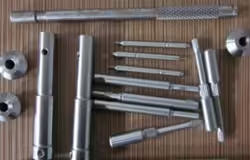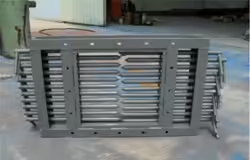
1020 Steel vs 1018: 5 Tips for Better Material Choice
Table of Contents
Introduction
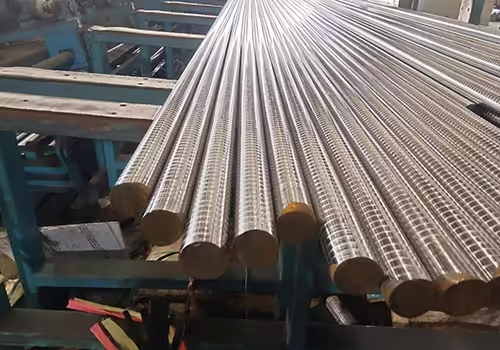
When it comes to selecting the right steel for manufacturing, construction, or machining projects, understanding the subtle differences between similar steel grades can be crucial. Among the most commonly compared grades are 1020 steel and 1018 steel. Both are low carbon steels widely used in various applications, but each has unique properties that affect performance, machinability, strength, and cost. This blog will explore 5 essential tips to help you make a better material choice when considering 1020 steel vs 1018.
Both steels are known for their versatility, but subtle distinctions can significantly impact the success of your project. Whether you are an engineer, fabricator, or DIY enthusiast, knowing when and why to choose 1020 steel or 1018 steel can save time, reduce costs, and improve results.
Tip 1: Understand the Chemical Composition Differences in 1020 Steel vs 1018
A crucial first step when comparing 1020 steel vs 1018 is to gain a deep understanding of their chemical composition. Though these two steel grades may seem very similar at first glance, even small variations in their chemical makeup can lead to significant differences in their physical and mechanical properties, influencing everything from strength and hardness to weldability and machinability.
Chemical Composition Breakdown
The primary distinction between 1018 steel and 1020 steel lies in their carbon content:
- 1018 steel generally contains approximately 0.18% carbon.
- 1020 steel contains about 0.20% carbon.
At first, a difference of 0.02% carbon may appear negligible, but in metallurgy, such minor changes in carbon content can dramatically impact the steel’s overall behavior during fabrication and in service.
Beyond carbon, both steel grades also include other important alloying elements that play a significant role in performance:
- Manganese (Mn): Usually present around 0.60-0.90%. Manganese improves hardness, tensile strength, and wear resistance.
- Phosphorus (P) and Sulfur (S): Typically kept to very low levels (below 0.04%) because these elements can cause brittleness and reduce ductility if present in excess.
These elements, while present in small quantities, contribute to machinability, toughness, and the material’s response to heat treatment or welding.
How Composition Affects Performance
Carbon Content Impact
The difference in carbon content between 1018 and 1020 steels is subtle but impactful:
- Increased carbon in 1020 steel tends to increase tensile strength and hardness, making it more suitable for applications requiring improved wear resistance or load-bearing capabilities. This makes 1020 steel a popular choice for moderately stressed mechanical parts like shafts, gears, and agricultural components.
- Lower carbon in 1018 steel enhances ductility and formability, making it easier to bend, shape, or weld. This steel grade is often favored in applications where intricate machining or welding is required without compromising toughness.
Manganese and Its Role
While the manganese content is quite similar in both grades, slight variations can influence:
- Toughness: Manganese improves the steel’s toughness, which is the ability to absorb energy and plastically deform without fracturing. This characteristic is especially important in dynamic or impact-loaded applications.
- Wear resistance: Enhanced manganese levels can also increase wear resistance, making the steel more durable in abrasive environments.
Suppliers sometimes vary in their exact manganese content within acceptable ranges, so it’s important to verify the material certificate when selecting steel for critical projects.
Phosphorus and Sulfur Content
Both 1018 and 1020 steels maintain very low phosphorus and sulfur levels to prevent brittleness. However, these impurities must be carefully controlled because:
- Excess phosphorus can increase hardness but decrease ductility, leading to brittle failure.
- High sulfur improves machinability but can reduce toughness if not balanced correctly.
Why Understanding Chemical Composition Matters for Your Application
When selecting between 1020 steel vs 1018, understanding these chemical composition differences is essential because:
- Material behavior: The composition directly influences mechanical properties such as strength, hardness, ductility, and toughness, which determine how the steel will perform under different loads and environments.
- Fabrication processes: Knowing the chemical makeup helps predict how the steel will behave during welding, machining, heat treatment, or forming processes. For example, 1018 steel’s lower carbon content usually results in better weldability and easier machining compared to 1020 steel.
- Longevity and durability: The presence and balance of elements like manganese can affect corrosion resistance and wear, which impacts the lifespan of the finished product.
- Cost-effectiveness: Selecting the correct grade based on composition ensures you don’t overspend on higher carbon steel when it’s unnecessary, or conversely, avoid premature failure by choosing steel with insufficient strength.
Understanding these differences is critical to match the steel grade to your specific application requirements.
Tip 2: Mechanical Properties of 1020 Steel vs 1018 — What You Need to Know
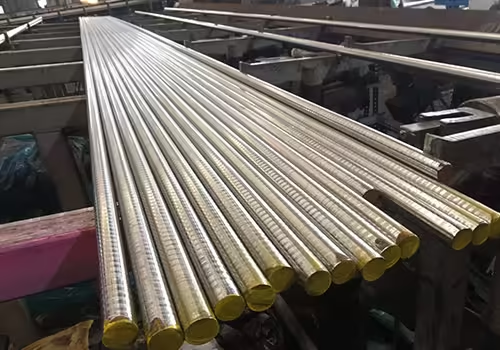
Mechanical properties such as tensile strength, yield strength, and elongation are decisive factors when choosing between 1020 steel vs 1018.
Comparing Key Mechanical Properties
| Property | 1018 Steel | 1020 Steel | Typical Applications |
|---|---|---|---|
| Carbon Content | ~0.18% | ~0.20% | General fabrication |
| Tensile Strength | 440-580 MPa | 420-550 MPa | Shafts, bolts, automotive |
| Yield Strength | 370 MPa | 350-410 MPa | Agricultural equipment |
| Elongation (%) | 15-20% | 12-18% | Structural components |
| Hardness (Brinell) | 120-180 BHN | 120-190 BHN | Tooling and machinery parts |
From the table, you can see that while 1020 steel often offers slightly higher tensile strength and hardness, 1018 steel typically exhibits better ductility and elongation.
Choosing Based on Mechanical Needs
- For applications requiring higher wear resistance or strength, 1020 steel might be more suitable.
- If the project demands easier forming or welding, 1018 steel can be the better choice due to its slightly lower carbon content.
Tip 3: Machinability and Weldability in 1020 Steel vs 1018
Another vital consideration in the 1020 steel vs 1018 comparison is how easy the material is to machine and weld. Both properties directly influence production efficiency and costs.
Machinability Comparison
- 1018 Steel is often preferred for machining because it has better chip formation and less tool wear.
- 1020 Steel is slightly harder, which can cause increased tool wear and slower machining speeds.
Weldability Considerations
- The lower carbon content in 1018 steel makes it generally easier to weld with less risk of cracking.
- 1020 steel, with a marginally higher carbon content, may require preheating and careful control during welding to avoid brittleness.
When production involves extensive machining or welding, 1018 steel is typically the safer and more cost-effective choice. However, 1020 steel is still widely weldable with proper procedures.
Tip 4: Cost and Availability — What to Expect When Choosing 1020 Steel vs 1018
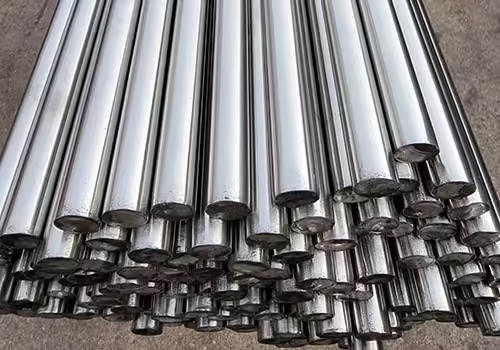
Budget constraints and material availability often influence the final choice between 1020 steel vs 1018. Understanding cost differences can optimize purchasing decisions.
Price Comparison
Generally, the price difference between 1018 and 1020 steel is minimal because both are common low carbon steels. However, 1018 steel tends to be slightly cheaper due to its easier machining properties and broader industrial usage.
Availability Factors
- Both steel grades are widely stocked by steel suppliers worldwide.
- 1018 steel may have more readily available product forms like bars, sheets, and plates.
- 1020 steel can sometimes be found in larger sizes and heavier gauge materials.
If your project requires bulk purchasing or specialty forms, check with suppliers on lead times and availability. Often, 1018 steel offers more flexibility and faster delivery.
Tip 5: Application Suitability — Matching 1020 Steel vs 1018 to Your Project
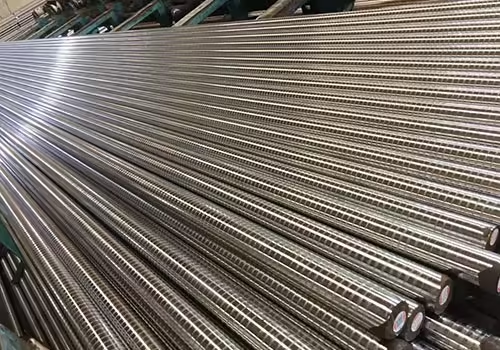
The final tip involves assessing your specific application to determine which steel grade aligns best with your needs.
Typical Applications for 1018 Steel
- Precision machined parts like gears and shafts
- Automotive components where ductility and weldability matter
- Light structural elements and decorative components
Typical Applications for 1020 Steel
- Agricultural equipment requiring higher durability
- Structural applications needing enhanced tensile strength
- Industrial machinery components subjected to moderate wear
Considering the functional demands and environment will help pinpoint the ideal steel grade. Neither 1020 steel vs 1018 is universally “better,” but each excels in particular contexts.
Conclusion
Choosing between 1020 steel vs 1018 ultimately depends on your project’s specific mechanical, fabrication, and cost requirements. This article provided five essential tips focusing on composition, mechanical properties, machinability, cost, and application suitability.
Remember these key points:
- 1020 steel offers slightly better strength and hardness but can be more challenging to machine.
- 1018 steel is more ductile and easier to weld, making it ideal for complex fabrication.
- Both steels are affordable and widely available but serve different performance needs.
- Always consider the environment and load conditions when making your choice.
Careful evaluation ensures you maximize efficiency, durability, and overall project success with either steel grade.
FAQ
What is the main difference between 1020 steel vs 1018?
The main difference lies in the carbon content: 1020 steel has about 0.20% carbon, while 1018 steel contains around 0.18%, affecting hardness and machinability.
Can 1020 steel replace 1018 steel in all applications?
Not necessarily. While similar, 1020 steel’s higher carbon content may reduce weldability and increase hardness, which isn’t suitable for all uses.
Which steel grade is easier to machine, 1020 steel or 1018?
1018 steel is generally easier to machine due to its lower carbon content, producing less tool wear and better chip control.
Are there cost differences between 1020 steel vs 1018?
The cost difference is minor, but 1018 steel is typically slightly less expensive because it is easier to machine and more widely used.
What applications are best suited for 1020 steel vs 1018?
1020 steel suits applications requiring higher strength and wear resistance, such as agricultural machinery, while 1018 is better for parts needing good weldability and formability.





